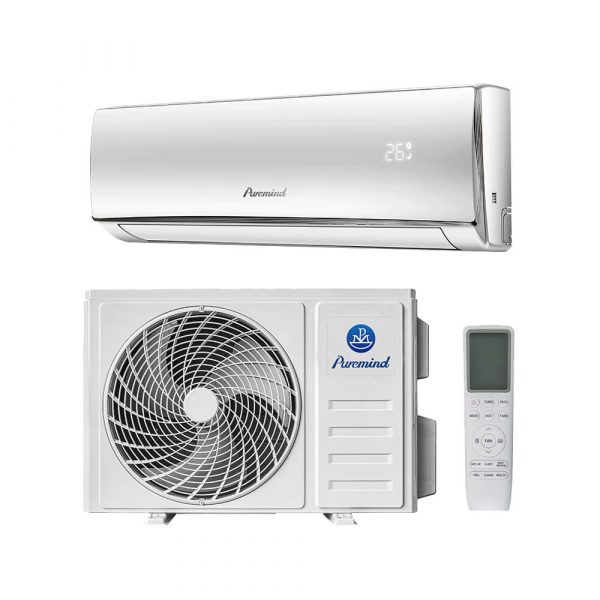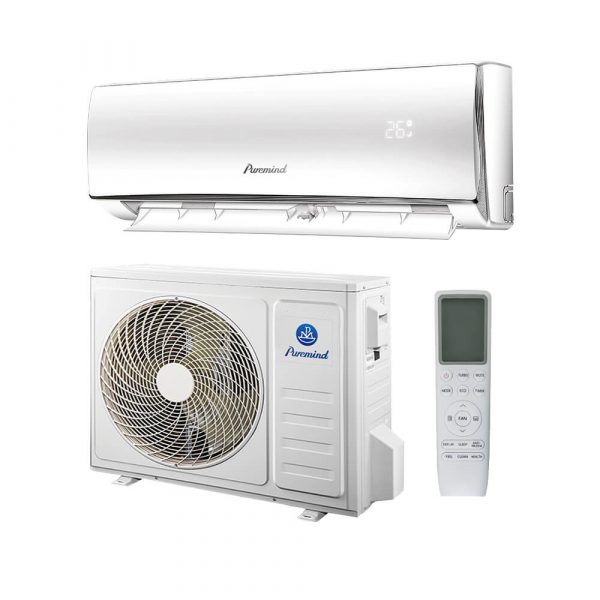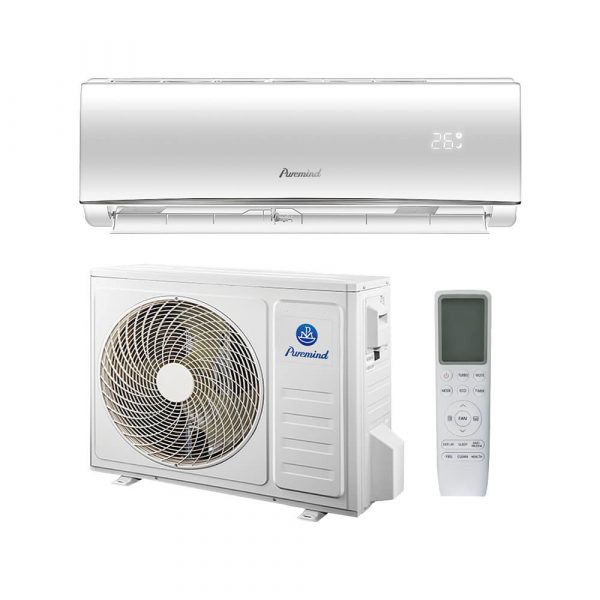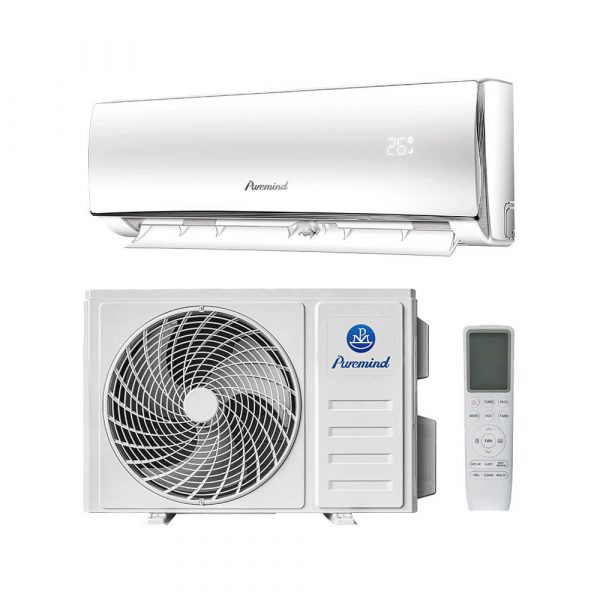Packaged Terminal Air Conditioner vs Mini Split: Which Is Best for Wholesalers and Distributors?
As the HVAC industry evolves, wholesalers, suppliers, and distributors are increasingly asked to recommend optimal air conditioning solutions. The debate between packaged terminal air conditioner vs mini split systems is a common one, each offering unique advantages and business opportunities. This article provides a comprehensive comparison to help B2B buyers make data-driven decisions for their inventory and clientele.
Understanding Packaged Terminal Air Conditioners (PTAC)
PTAC units are self-contained air conditioning systems commonly installed through external walls, especially in hotels, apartments, hospitals, and office spaces. All major components are packaged within a single casing, enabling plug-and-play installation and simplified maintenance.
- Typical Applications: Hospitality industry, commercial apartments, healthcare facilities
- Installation: Requires a wall sleeve and access to an exterior wall
- Operation: Manual or basic digital controls, often without advanced connectivity
Understanding Mini Split Air Conditioners
Mini split systems separate the outdoor compressor/condenser from one or more indoor air handlers. This configuration offers greater installation flexibility, enhanced efficiency, and multi-zone climate control—an attractive feature for residential and light commercial spaces.
- Typical Applications: Homes, offices, retail shops, server rooms
- Installation: Requires a small wall opening for refrigerant piping and electrical wiring
- Operation: Advanced smart controls, zoning options, and quiet performance
Key Differences: PTAC vs Mini Split Systems
| Feature | PTAC | Mini Split |
|---|---|---|
| Installation | Through-wall; quick replacement | Flexible locations; indoor/outdoor split |
| Energy Efficiency | Moderate; fixed-speed compressors | High; inverter technology, zoning |
| Noise Levels | Moderate to loud (all-in-one unit) | Quiet (compressor outside) |
| Control Options | Basic, manual or simple digital | Smart, Wi-Fi enabled, multi-zone |
| Initial Cost | Generally lower | Varies; can be higher for multi-zone |
| Maintenance | Easy access; modular replacement | Professional servicing needed |
| Application Flexibility | Mostly commercial | Residential & light commercial |
Market Trends: Why Choice Matters for B2B Channels
The global shift toward energy efficiency and user comfort is shaping product demand. Mini split systems, with their inverter-driven compressors and smart control options, are seeing rapid adoption in both residential and small business sectors. PTACs, however, maintain a stronghold in hospitality and certain commercial real estate projects due to ease of replacement and standardized sizing.
Advantages for Wholesalers and Distributors
- Mini Splits: Attracts tech-savvy buyers seeking efficiency, smart control, and multi-zone comfort. Higher margins and repeat business with upgrade cycles.
- PTACs: Reliable revenue from commercial refurbishments, hotel chains, and facility maintenance contracts. Lower upfront costs support volume sales.
- Both: Diversifying your catalog with both options allows you to meet the widest range of client needs.
How to Choose the Right System for Your Portfolio
- Assess Target Market: Understand your clients’ primary application—commercial refurbishment, new construction, or residential projects.
- Evaluate Support & Service: Consider brands that offer strong after-sales support, training, and spare parts availability.
- Regulatory Compliance: Verify that all systems meet local and international energy and safety standards.
- Product Differentiation: Highlight unique selling points such as smart controls, air purification, or rapid installation.
- Explore Full Range: Visit our split air conditioner product page for the latest options.
Frequently Asked Questions
- Which system is more energy-efficient?
- Mini split systems generally deliver higher energy efficiency due to inverter technology and zoning capabilities.
- Are PTACs still a good choice?
- PTACs remain popular for standardized commercial uses, especially when ease of replacement is a priority.
- Can I mix both systems in one project?
- Yes, many large facilities use PTACs for some areas and mini splits for others based on usage requirements.
Conclusion
For wholesalers, suppliers, and distributors, understanding the trade-offs between packaged terminal air conditioner vs mini split systems is key to building a successful HVAC product portfolio. By evaluating client needs, market trends, and technological advancements, you can maximize value for your business and customers.







